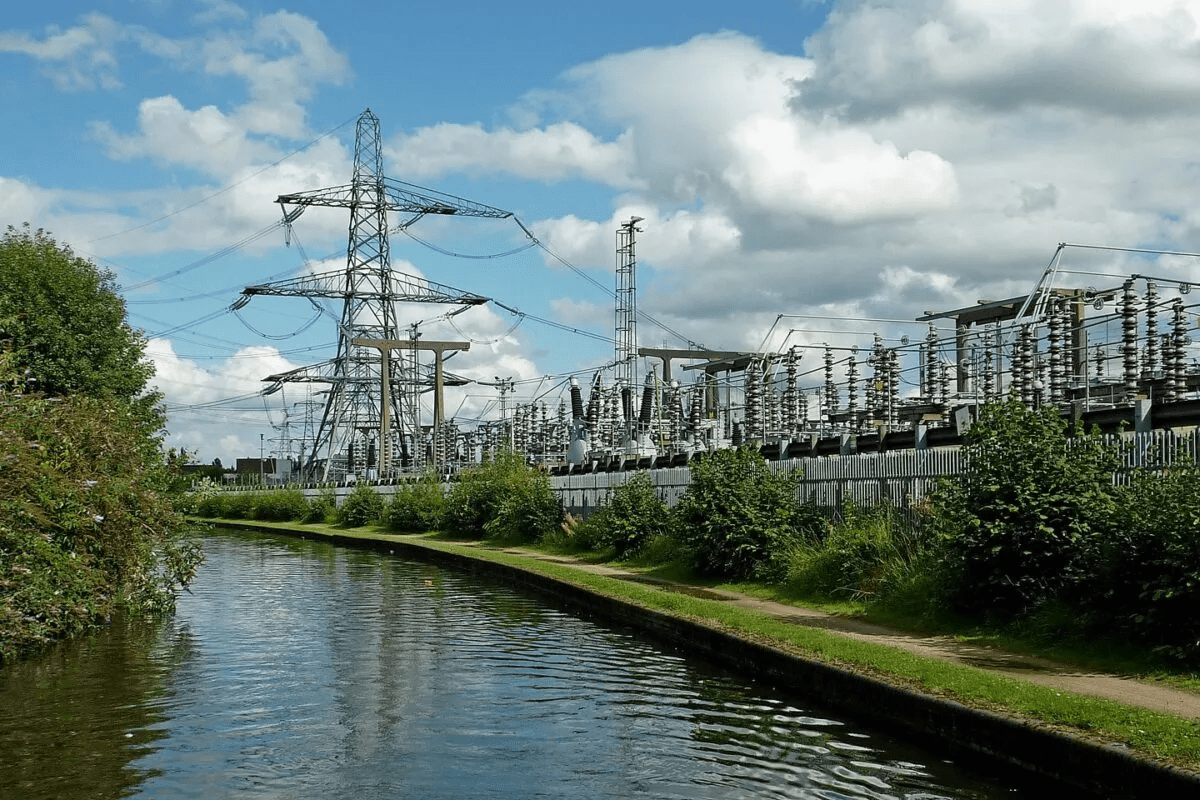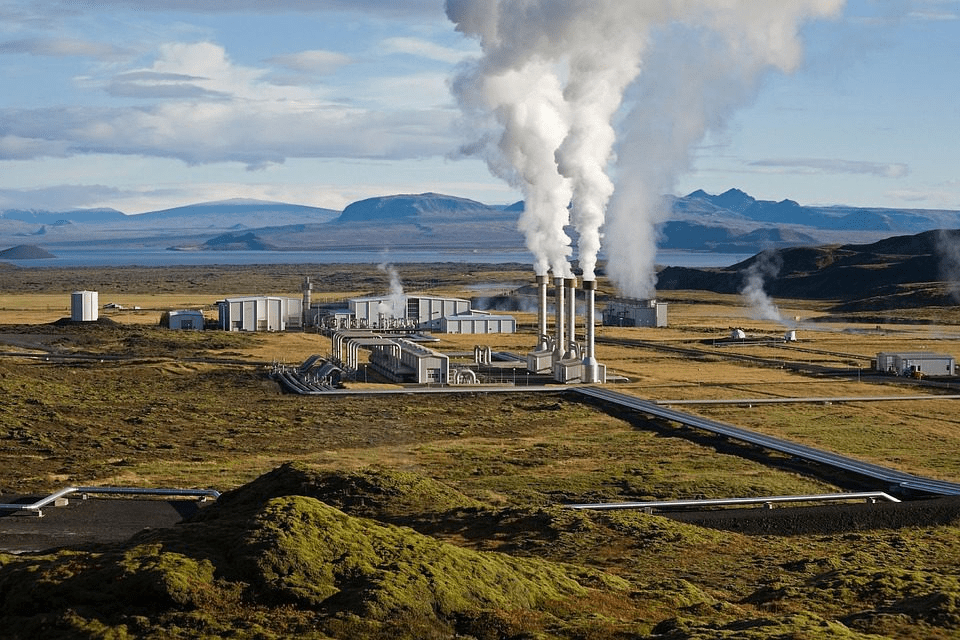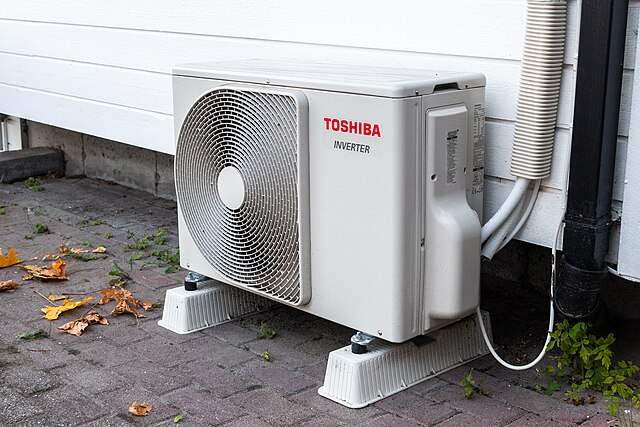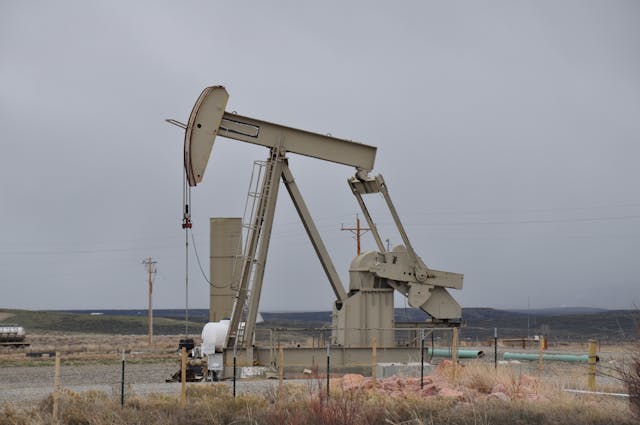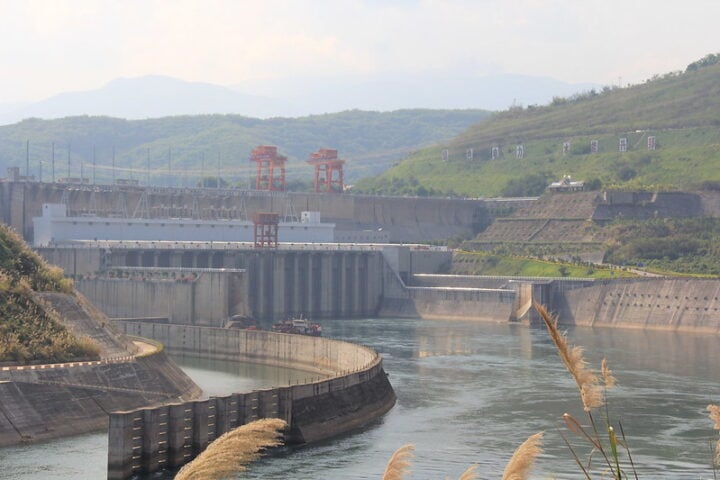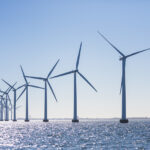According to a recent report by the International Energy Agency (IEA), the world is on the cusp of a significant shift in energy production, with nuclear and renewable energy poised to supply the majority of the world’s additional power demands over the next three years. IEA Director, Faith Birol, stated that this swift expansion of nuclear and renewable energy sources could reduce the impact of increased energy use on emissions, and bring us closer to a tipping point in the power sector.
The IEA report predicts that wind and solar energy production will increase from 29% in 2022 to 35% in 2025. Meanwhile, the Asia-Pacific region is expected to experience the largest growth in renewable energy use, with an average annual growth rate of 11.6%, followed by Europe and the Americas. The majority of this demand will come from China, India, and Southeast Asia, with over 70% of it originating from the Asia-Pacific region.
Nuclear energy supply is projected to rise by 3.6% annually, with the Middle East experiencing the highest growth rate of 24.5%. The Middle East is also expected to maintain its gas-fired power production despite a decline in Europe, and Middle Eastern gas production is projected to increase from 973 TWh in 2022 to 1,094 TWh in 2025.
The IEA report highlights the growing impact of climate change on energy consumption, linking the recent heatwaves in India and summer droughts in Europe to the increase in global energy demand. The IEA predicts that gas-fired electricity generation in Europe will decline from 822 TWh in 2022 to 581 TWh in 2025, a 29% decrease, while emissions are expected to drop by 10% annually.
The report predicts that Middle Eastern emissions will decrease by 14 Mt CO2 over the next three years, an increase of 1.9%, while coal power’s contribution to energy production is expected to decline to just 4 TWh.
Sources: International Energy Agency. (2023). World Energy Outlook. Paris, France: IEA Publications.
Disclaimer: The information presented in this write-up is based on the report by the IEA and should not be taken as investment advice. The content may contain forward-looking statements, which are subject to change based on new information and developments in the energy sector.
